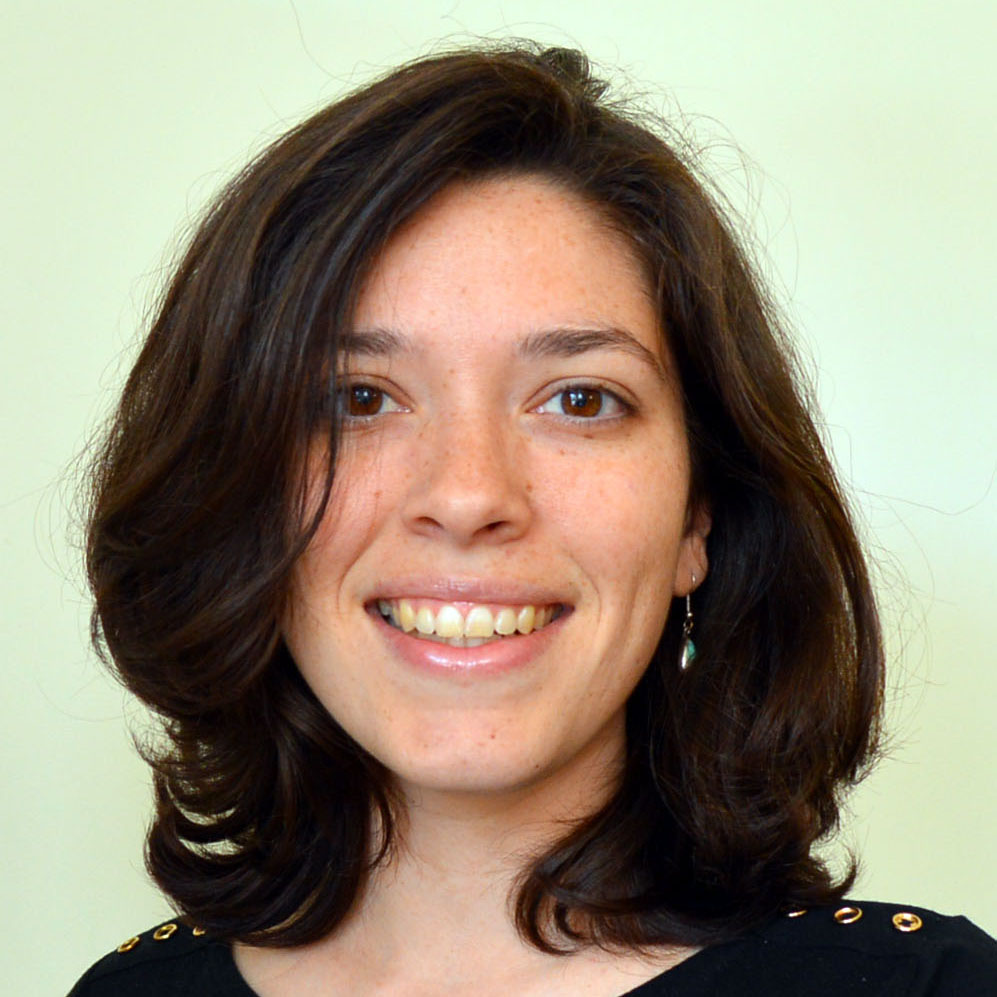Stories come full circle for Citywide Black History Month
Citywide Black History Month is highlighting culture, art, music and dance this year. With the Dover museums in full swing on Feb. 3 for First Saturday, my day on The Green was heavy on history.
…

You must be a member to read this story.
Join our family of readers for as little as $5 per month and support local, unbiased journalism.
Already a member? Log in to continue. Otherwise, follow the link below to join.
Please log in to continue |
Stories come full circle for Citywide Black History Month
Citywide Black History Month is highlighting culture, art, music and dance this year. With the Dover museums in full swing on Feb. 3 for First Saturday, my day on The Green was heavy on history.
Historically, it was always easiest to study whatever was recorded by the people with time, money and literacy to write about what they deemed important. But it takes real digging to learn about “everyone else.”
“We are a very young country,” said Sylvester “Syl” Woolford, an enthusiastic 80-year-old who will speak at Dover Public Library. He seeks a more complete view of history, one that includes his ancestors’ experience. “It is a new level of consciousness that American history should not only record the history of the rich and powerful, but also talk about … indigenous people, Blacks and other ethnic groups that came to the United States.”
Indeed, historians are taking that approach at places like Delaware Historical & Cultural Affairs and the First State Heritage Park.
I joined the guided tour “Hidden Lives: Slavery, Freedom, and The Green,” offered regularly all month. Dressed in costume and practiced in storytelling, the site interpreters told us about Black Americans who lived and worked on The Green.
At each tour and museum that day, the stories I heard built upon what I’d learned elsewhere. The Friends of Old Dover set up historical placards of the Rev. Richard Allen at their Historical Society of Dover. Then the Heritage tour dug deeper into his life, bravery and brains.
A similar thing happened at my next two stops: a demonstration by the First State Club of Milford High School and then the Biggs Museum of American Art.
At the Biggs, I really loved Elizabeth Catlett’s 2008 illustration, “Keisha M.,” which shows a young Black woman dressed in blue. First, consider that Catlett was an important African American artist (1915-2012), whose work was “fueled by” the legacy of her ancestors’ enslavement.
Next, consider that “Keisha M.” is intentionally displayed in a 1700s furniture gallery that showcases wealth, leisure and sumptuousness, generally for white upper classes. Nearby are portraits of white women in blue dress—and a reminder that the demand for indigo clothing dye had spurred expansion of the Atlantic slave trade.
So, that’s an example of how you can build onto the story of an artwork, by placing it in context with other nearby items. In this case, while you might also consider how her ancestors might have fared among such contemporaries. But “Keisha” has earned her space, literally and figuratively, in this genteel world. (At least, that’s how I interpret it. This image is part of guided and self-led tours all month, so you can hear or read other interpretations and contexts for Black artists at the Biggs.)
And these human stories built upon each other as I met some Milford teens around a demonstration campfire at the John Bell House. Dressed in colonial garb, they showcased history, including old fabric-dying techniques, while stirring a pot of boiling water and yellow turmeric. Centuries ago, dye was made from the likes of yellow spices, purple berries and brown nut shells. Blue cloth was particularly valuable because it came from rare indigo plants.
Indigo plants, valuable blue fabric and the costs to get it. These topics come full circle, don’t they?
But that’s a lot of history, and the beauty of Black History Month also comes in celebrating the culture and stories of today.
“Black History Month was created because the accomplishments of Blacks was not being celebrated … and I believe it has sparked other cultures to ask for public national recognition as well,” said Lori Crawford, Delaware State University Professor of Art, who will speak at the Biggs. So, there’s room for all of us to learn about one another. And I think that’s the value: learning and growing and changing, and meeting people … It’s just shining a light that wouldn’t necessary otherwise be shone.”
Also this month: walking tours of The Green; DSU student art at Dover Art League; Syl Woolford’s discusses “The Dover Eight” at Dover Public Library; a Biggs art lecture by Lori Crawford; and Biggs art tours featuring women from The Links, Incorporated.
Visit www.DelmarvaEvents.net for a full schedule. The “Citywide Black History Celebration” program book is online at BaytoBayNews.com/SpecialSections.
Bay to the Beach: Byways is a regular column in which we explore interesting places and projects on the Delmarva Peninsula. Videos and more photos at baytobaynews.com/bay-to-the-beach-byways

 By Laura Walter
By Laura Walter



